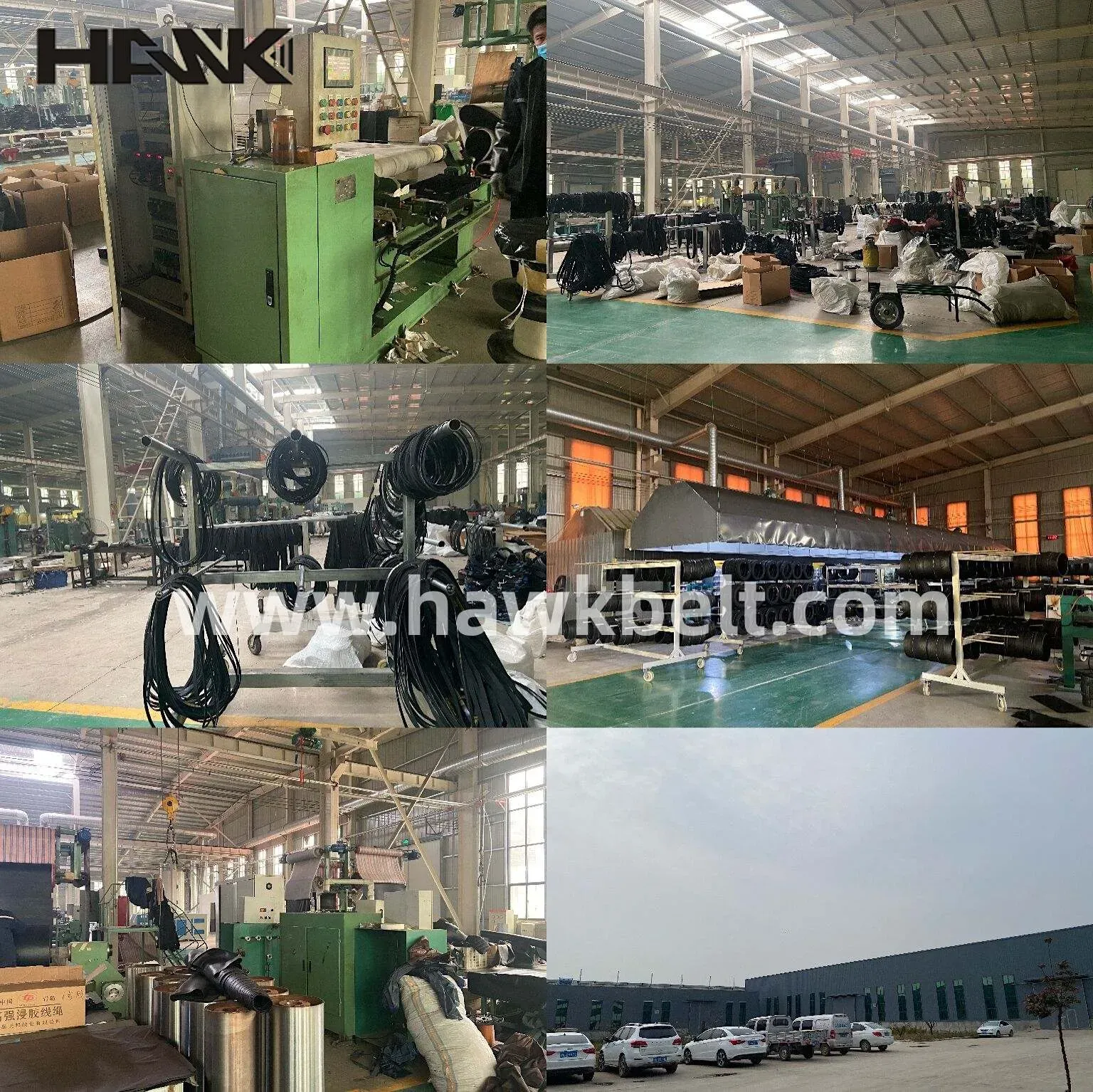- Arabic
- French
- Russian
- Spanish
- Portuguese
- Turkish
- Armenian
- English
- Albanian
- Amharic
- Azerbaijani
- Basque
- Belarusian
- Bengali
- Bosnian
- Bulgarian
- Catalan
- Cebuano
- Corsican
- Croatian
- Czech
- Danish
- Dutch
- Afrikaans
- Esperanto
- Estonian
- Finnish
- Frisian
- Galician
- Georgian
- German
- Greek
- Gujarati
- Haitian Creole
- hausa
- hawaiian
- Hebrew
- Hindi
- Miao
- Hungarian
- Icelandic
- igbo
- Indonesian
- irish
- Italian
- Japanese
- Javanese
- Kannada
- kazakh
- Khmer
- Rwandese
- Korean
- Kurdish
- Kyrgyz
- Lao
- Latin
- Latvian
- Lithuanian
- Luxembourgish
- Macedonian
- Malgashi
- Malay
- Malayalam
- Maltese
- Maori
- Marathi
- Mongolian
- Myanmar
- Nepali
- Norwegian
- Norwegian
- Occitan
- Pashto
- Persian
- Polish
- Punjabi
- Romanian
- Samoan
- Scottish Gaelic
- Serbian
- Sesotho
- Shona
- Sindhi
- Sinhala
- Slovak
- Slovenian
- Somali
- Sundanese
- Swahili
- Swedish
- Tagalog
- Tajik
- Tamil
- Tatar
- Telugu
- Thai
- Turkmen
- Ukrainian
- Urdu
- Uighur
- Uzbek
- Vietnamese
- Welsh
- Bantu
- Yiddish
- Yoruba
- Zulu
නොවැ. . 13, 2024 14:28 Back to list
neoprene timing belt
Understanding Neoprene Timing Belts Benefits and Applications
Neoprene timing belts are an essential component in various mechanical systems, particularly in automotive and industrial applications. These belts play a crucial role in synchronizing the rotation of the crankshaft and camshaft, ensuring that the engine's valves open and close at the correct times during each cylinder's intake and exhaust strokes. This article delves into the characteristics, benefits, and applications of neoprene timing belts, providing insight into why they are a popular choice among engineers and manufacturers.
What is Neoprene?
Neoprene, or polychloroprene, is a synthetic rubber that was developed in the 1930s. It is known for its excellent resistance to oils, heat, and weather conditions, making it an ideal material for many industrial products. Neoprene also has good tensile strength and flexibility, properties that make it suitable for timing belts. The incorporation of neoprene in timing belts enhances their durability and performance, which is crucial for any application where precision and reliability are paramount.
Advantages of Neoprene Timing Belts
1. Durability and Longevity One of the primary advantages of neoprene timing belts is their remarkable durability. Neoprene’s resistance to wear and tear extends the life of the timing belt, reducing the need for frequent replacements. This longevity is especially beneficial in high-performance applications, where regular maintenance can be time-consuming and costly.
2. Heat and Oil Resistance Neoprene's ability to withstand high temperatures and exposure to oils makes it an ideal choice for automotive engines, which often operate in harsh conditions. The heat generated during engine operation can degrade other materials, but neoprene maintains its integrity, ensuring the timing belt continues to function effectively.
3. Low Noise Operation Neoprene timing belts operate more quietly than their metal counterparts. This characteristic is particularly important in applications where noise reduction is a priority, such as in automotive engineering and precision machinery.
4. Flexibility and Adaptability Neoprene timing belts can be produced in various sizes and shapes, allowing for customization according to specific requirements. This flexibility makes them suitable for a wide range of applications, from small engines to larger industrial machinery.
neoprene timing belt

5. Resistance to Environmental Factors Neoprene is inherently resistant to environmental factors such as ozone, UV rays, and moisture, which can deteriorate other types of belts. This resistance means that neoprene timing belts can perform reliably even when exposed to outdoor conditions.
Applications of Neoprene Timing Belts
Neoprene timing belts are widely used across various industries due to their unique properties. Here are some common applications
1. Automotive Engine Systems The most prevalent use of neoprene timing belts is in internal combustion engines. They ensure that the engine's timing remains consistent, which is vital for optimal performance and efficiency. A well-functioning timing belt contributes to better fuel economy and reduced emissions.
2. Industrial Machinery Neoprene timing belts are also utilized in various industrial machines, where precise synchronization of components is necessary. They are often found in conveyor systems, robotic machinery, and manufacturing processes that require accurate timing.
3. Power Transmission Neoprene timing belts are used in applications where power needs to be transmitted between shafts at certain speeds or ratios. They are popular in agricultural machinery, lawn equipment, and various types of electric motors.
4. Home Appliances These belts can be found in home appliances such as washing machines and food processors, where they help in the coordinated movement of various parts, enhancing efficiency and performance.
Conclusion
Neoprene timing belts represent a significant advancement in mechanical component design, combining durability, flexibility, and resistance to harsh conditions. Their widespread use in automotive, industrial, and domestic applications highlights their versatility and reliability. As technology continues to evolve, the demand for high-performance timing belts will likely increase, making neoprene a material of choice for future innovations in this field. With their proven track record, neoprene timing belts will remain an integral part of mechanical systems for years to come, ensuring efficiency and precision in various applications.
-
Korean Auto Parts Timing Belt 24312-37500 For Hyundai/Kia
NewsMar.07,2025
-
7PK2300 90916-T2024 RIBBED BELT POLY V BELT PK BELT
NewsMar.07,2025
-
Chinese Auto Belt Factory 310-2M-22 For BMW/Mercedes-Benz
NewsMar.07,2025
-
Chinese Auto Belt Factory 310-2M-22 For BMW/Mercedes-Benz
NewsMar.07,2025
-
90916-02660 PK Belt 6PK1680 For Toyota
NewsMar.07,2025
-
drive belt serpentine belt
NewsMar.07,2025

